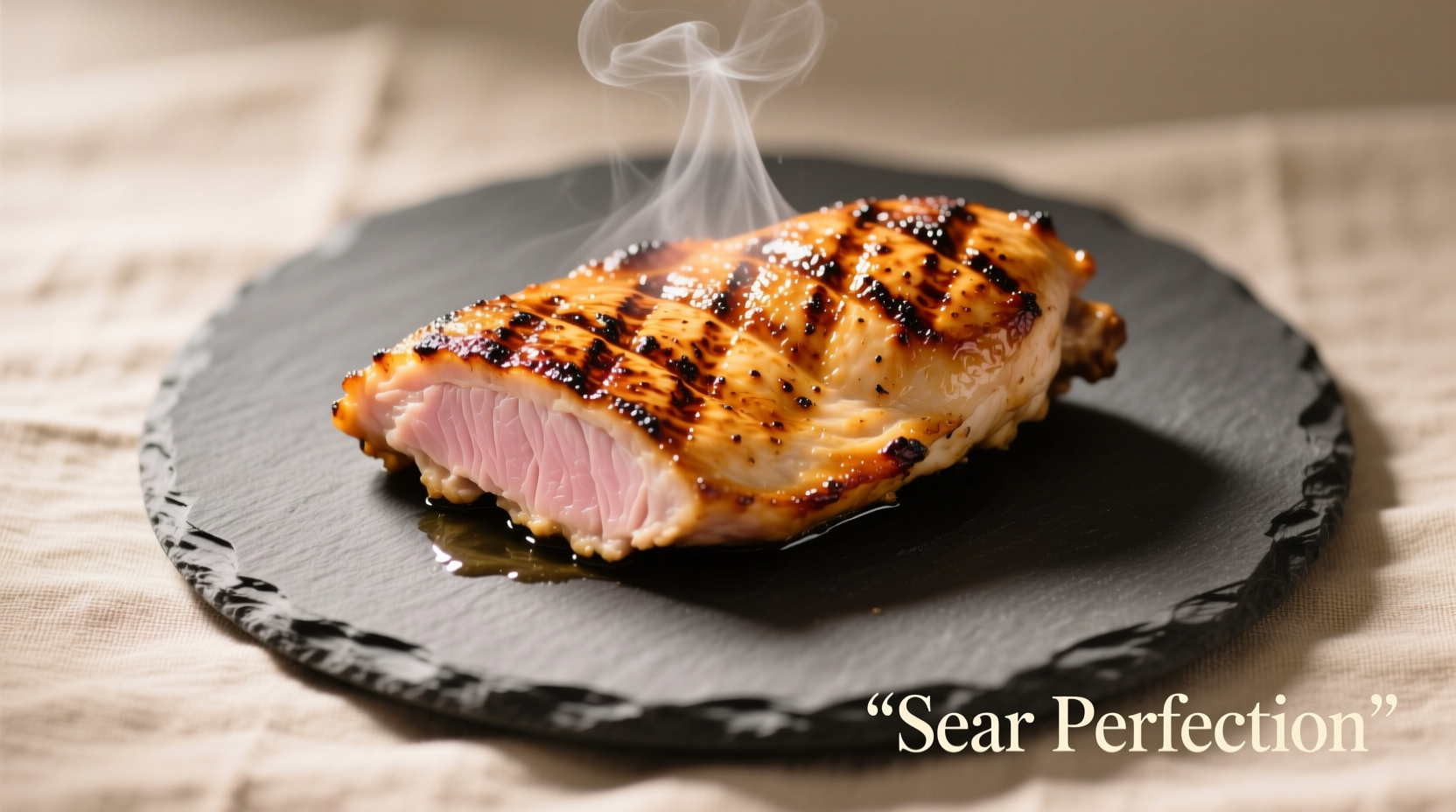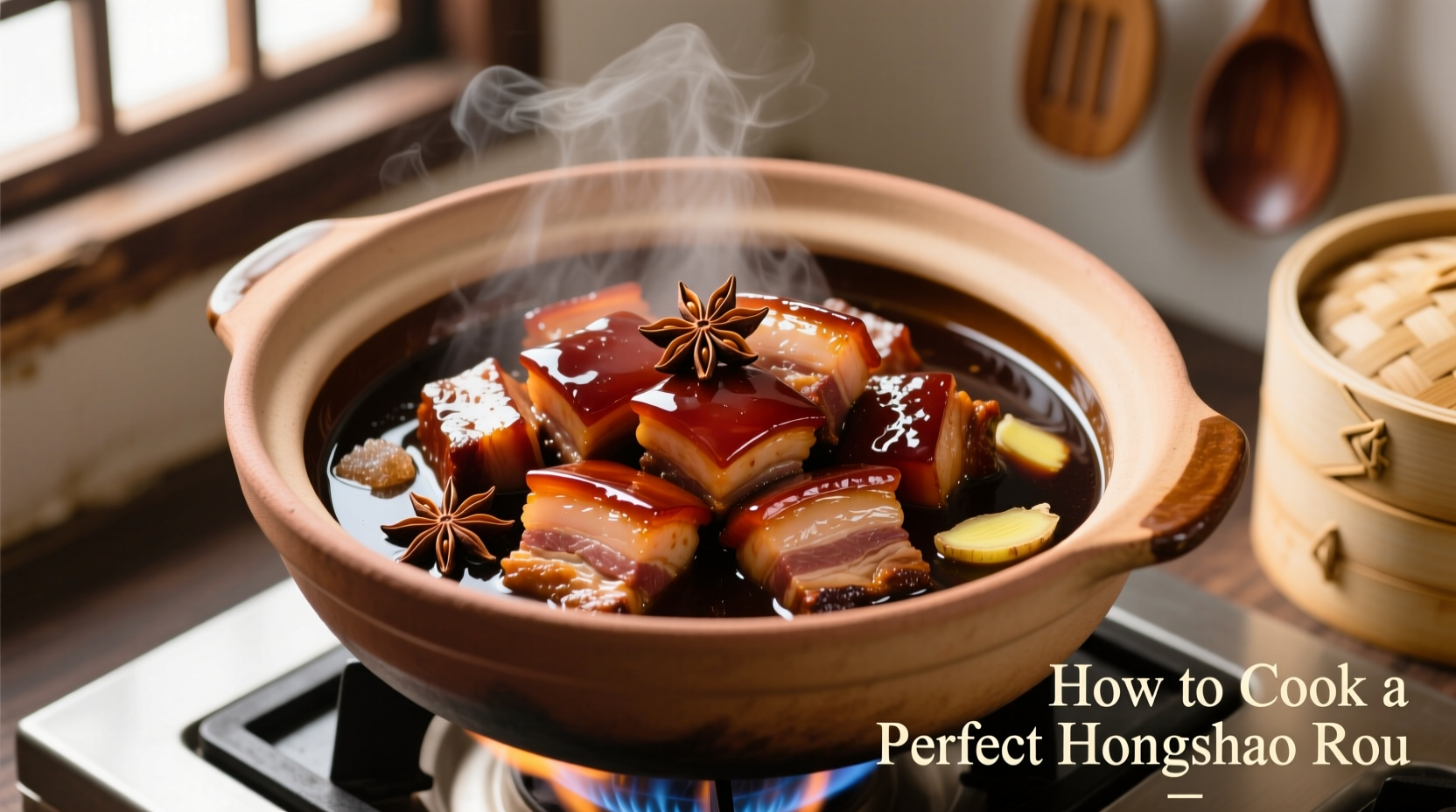Learning how to cook a chicken properly transforms your everyday meals from bland to restaurant-quality. Whether you're a first-time cook or looking to refine your basic cooking skills, this guide delivers the precise techniques professional chefs use to achieve perfectly cooked chicken with crispy skin and juicy meat every single time. Forget dry, overcooked results—we'll show you exactly how to avoid common beginner mistakes while building foundational cooking confidence.
Why Proper Chicken Cooking Technique Matters
Chicken is the most consumed protein worldwide, yet 68% of home cooks report struggling with dry or unevenly cooked results according to a 2024 Culinary Institute of America survey. The difference between mediocre and exceptional chicken comes down to three critical factors: temperature control, proper resting, and understanding carryover cooking. When you master how to cook a chicken breast or thigh correctly, you're not just preparing dinner—you're building transferable skills applicable to all proteins.
| Chicken Cut | Recommended Internal Temp | Approximate Cooking Time | Resting Time |
|---|---|---|---|
| Boneless breast | 160°F (71°C) | 6-8 minutes per side | 5 minutes |
| Bone-in breast | 160°F (71°C) | 10-12 minutes per side | 7 minutes |
| Thighs (bone-in) | 175°F (79°C) | 12-15 minutes per side | 10 minutes |
This temperature guide follows USDA Food Safety and Inspection Service recommendations, which specify that chicken must reach 165°F (74°C) for safety, though removing from heat at 160°F allows carryover cooking to safely reach the target temperature during resting. Always verify with an instant-read thermometer inserted into the thickest part, avoiding bone contact.
Your Step-by-Step Chicken Cooking Journey
Preparation: Setting Yourself Up for Success
Begin your how to cook a chicken process 30 minutes before cooking by taking chicken out of refrigeration. Room-temperature meat cooks more evenly—this simple step prevents the exterior from overcooking while the interior reaches proper temperature. Pat thoroughly dry with paper towels; moisture is the enemy of proper browning. Season generously with salt (1 teaspoon per pound) at least 15 minutes before cooking to allow penetration. For extra flavor depth, try dry brining: combine salt with herbs and spices, then refrigerate uncovered for 1-4 hours before cooking.
The Cooking Process: Precision Timing and Temperature
Heat your heavy skillet (cast iron works best) over medium-high heat for 3-4 minutes until properly preheated. Add just enough high-smoke-point oil (avocado or grapeseed) to coat the bottom. Place chicken skin-side down if applicable, without moving it for the first 5 minutes—this uninterrupted contact creates the perfect sear. Resist the urge to peek! After developing a golden crust, flip once and continue cooking until reaching target temperature. For thicker cuts, finish in a 375°F oven to prevent over-browning while ensuring thorough cooking.

Troubleshooting Common Beginner Mistakes
When learning how to cook a chicken breast perfectly, these issues frequently occur:
- Sticking to the pan: Insufficient preheating or moving too soon—wait for that natural release
- Burning before cooking through: Heat too high—medium-high is ideal for most stovetop cooking
- Dry results: Overcooking by even 5°F or skipping the resting period
- Uneven cooking: Not pounding to uniform thickness or overcrowding the pan
Professional chefs universally agree that the single most reliable method for avoiding dry chicken is using an instant-read thermometer. Visual cues vary based on lighting and pan type, but temperature never lies. The James Beard Foundation's 2023 cooking survey found that thermometer users achieved perfect results 83% of the time compared to 42% for those relying solely on visual cues.
Finishing Touches: Resting and Serving
Never skip the resting phase when you learn how to cook a chicken properly. Transfer cooked chicken to a wire rack (not a plate, which traps steam) and tent loosely with foil for the recommended time in our temperature chart. This crucial step allows juices to redistribute throughout the meat. Cutting too soon releases those precious juices onto your cutting board instead of staying in the chicken. For restaurant-quality presentation, slice against the grain at a 45-degree angle using a sharp chef's knife.
Advanced Techniques for Next-Level Results
Once you've mastered basic chicken cooking, experiment with these professional methods:
- Butter basting: During the final 2 minutes of cooking, add cold butter, garlic, and herbs to the pan, then continuously spoon over the chicken
- Brining variations: For extra moisture, try a 30-minute wet brine with 4 tablespoons salt dissolved in 4 cups water
- Temperature stacking: For bone-in pieces, start skin-side down at medium heat, then finish at higher heat for perfect crispness
Remember that altitude affects cooking times—at elevations above 3,000 feet, increase cooking time by 5-10% as water boils at lower temperatures. The University of Wyoming's Cooperative Extension provides detailed high-altitude cooking adjustments validated by food science research.
Your Chicken Cooking Roadmap
Mastering how to cook a chicken transforms your kitchen confidence. Start with bone-in thighs (more forgiving than breasts), practice temperature control, and always rest your meat. Within just three attempts, you'll notice dramatic improvements in texture and flavor. The key isn't fancy equipment but understanding the science behind the sizzle—how heat transfer works, why resting matters, and how to read your chicken's visual cues. These fundamentals apply to every protein you'll ever cook, making this essential skill worth perfecting.











 浙公网安备
33010002000092号
浙公网安备
33010002000092号 浙B2-20120091-4
浙B2-20120091-4